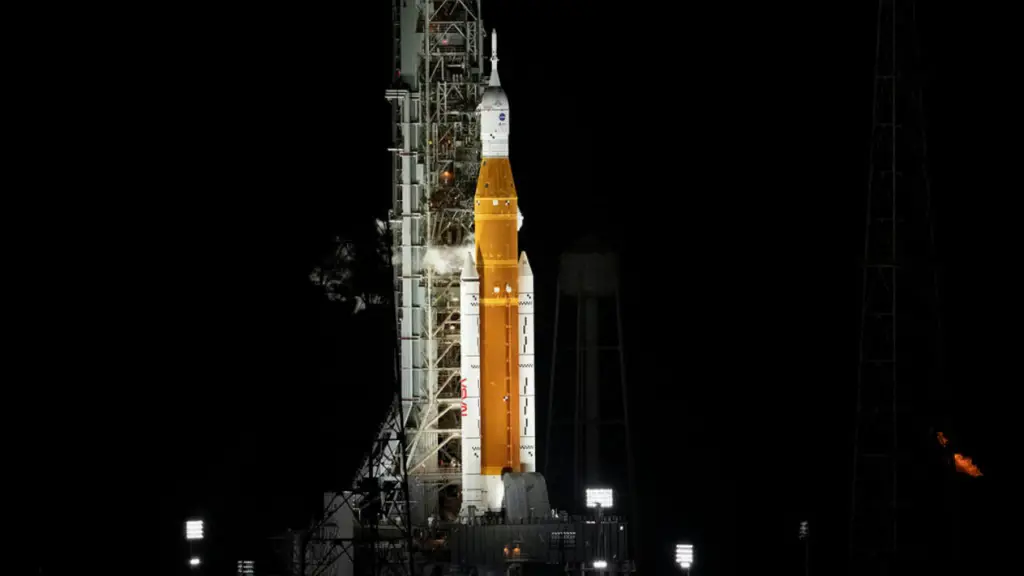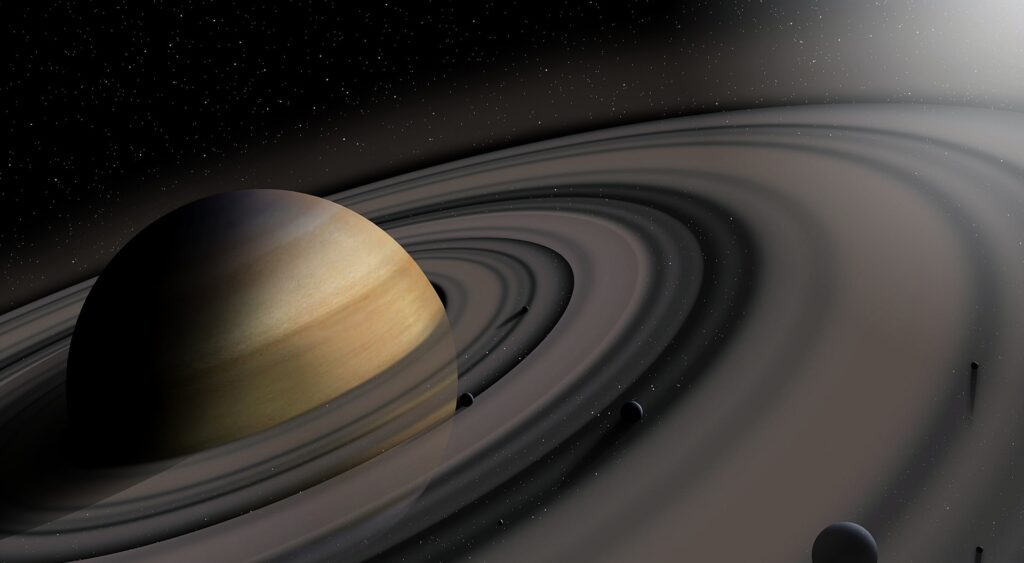Blue Origin is one of the most popular commercial space agencies working on powerful space vehicles that will take humans to space, the moon, and beyond. The company recently won a NASA contract to build a lunar lander for the Artemis V mission to the moon.
As NASA is hoping to explore the moon more than ever, the agency is partnering with successful private firms in building technologies that will enable humans to make more scientific discoveries on the moon and even prepare humans for crewed missions to Mars.
How Blue Origin Will Build the Lunar Lander For Crewed Missions To The Moon
NASA contracted Blue Origin to design, develop, test, and verify the technologies of its Blue Moon Lander before the Artemis mission which is scheduled to commence in 2029. The company will build this lunar lander to meet NASA’s human landing system requirements. NASA’s plans for this lander include the ability to dock with Gateway Space Station. This futuristic space station is a lunar orbiting laboratory where the crew will be transferred to and from the lunar surface.
The Blue Moon lander should be able to enable recurring astronaut expeditions to the moon’s surface. Blue Origin will be partnering with other National teams in developing this powerful lunar landing system. The company plans to power the lunar lander with liquid oxygen-liquid hydrogen (LOX-LH2), which is a high-performance propellant that can be stored at extremely low temperatures.
Blue Origin is hoping to build the lunar lander with solar-powered 20-degree Kelvin cryocoolers and other sophisticated technologies. With all the great benefits LOX-LH2 offers, the Blue Moon Lander will help NASA to succeed with its Artemis V crewed mission in 2029. In the recent contract, NASA mandated Blue Origin to conduct one uncrewed demonstration mission to the lunar surface before officially commencing with a crewed mission during the Artemi V mission in 2029.
Why NASA is Contracting Blue Origin to Build a Lunar Lander for Its Artemis V Mission
Before NASA selects any firm for a contract, the agency often considers the previous space technologies developed by the company of interest. Blue Origin has built several space technologies that meet all of NASA’s requirements. Hence, the American Space Agency can entrust this contract worth $3.4 billion to Blue Origin with the hope of succeeding in its Artemis V mission in 2029.
“Today we are excited to announce Blue Origin will build a human landing system as NASA’s second provider to deliver Artemis astronauts to the lunar surface,” said NASA Administrator Bill Nelson. “We are in a golden age of human spaceflight, which is made possible by NASA’s commercial and international partnerships. Together, we are investing in the infrastructure that will pave the way to land the first astronauts on Mars.”
NASA is looking forward to launching four astronauts to lunar orbit aboard the Orion Spacecraft stacked atop SLS (Space Launch System) rocket for the Artemis V mission. As the Orion spacecraft docks with the Gateway, two crew will move into the Blue Origin’s human landing system and commence on a weeklong voyage to the Lunar South Pole Region. Once they arrive at the lunar surface, the two astronauts will conduct several science and exploration activities.
Unlike the entire Artemis space mission, Artemis V will demonstrate NASA’s initial lunar exploration capabilities. These capabilities include creating foundational systems that support recurring complex missions in the moon’s orbit and in its space. The outcome of the Artemis V mission will help NASA in planning its Mars exploration mission.
Why NASA Is Contracting Several Companies For The Development Of Its Lunar Landing Systems
NASA revealed that including another human landing system partner in the Artemis, Space Program will boost competition and lower costs to taxpayers. This will also boost the lunar economy, support regular lunar landings and help NASA in reaching its goals on and around the Moon to prepare for future crewed missions to Mars. The American Space Agency previously contracted SpaceX to build a landing system for the Artemis III mission in 2025.
NASA instructed SpaceX under the contract to change its design and meet its requirements for sustainable exploration and to also demonstrate the lander during the Artemis IV mission in 2027. The space agency is also mandating Blue Origin to meet the same sustainable lander requirements while building a lunar lander for the Artemis V mission.
These sustainable requirements include delivery of more mass to the Moon, capabilities for increased crew size, and extending mission duration on the moon. In addition, NASA is hoping to allow other providers to enroll in the development of power lunar technologies in the future. The agency is hoping to boost access to space by supporting companies in building innovative human landing systems.
“Having two distinct lunar lander designs, with different approaches to how they meet NASA’s mission needs, provides more robustness and ensures a regular cadence of Moon landings,” said Lisa Watson-Morgan, manager of, the Human Landing System Program at NASA’s Marshall Space Flight Center in Huntsville, Alabama. “This competitive approach drives innovation, brings down costs, and invests in commercial capabilities to grow the business opportunities that can serve other customers and foster a lunar economy.”
Conclusion
As NASA is preparing for its Artemis V mission, the space agency is contracting several companies to develop fascinating technologies for the success of the mission. Hence, the recent $3.4 billion NASA contract, awarded to Blue Origin will enable the commercial space agency in developing landing systems for the Artemis V mission.




